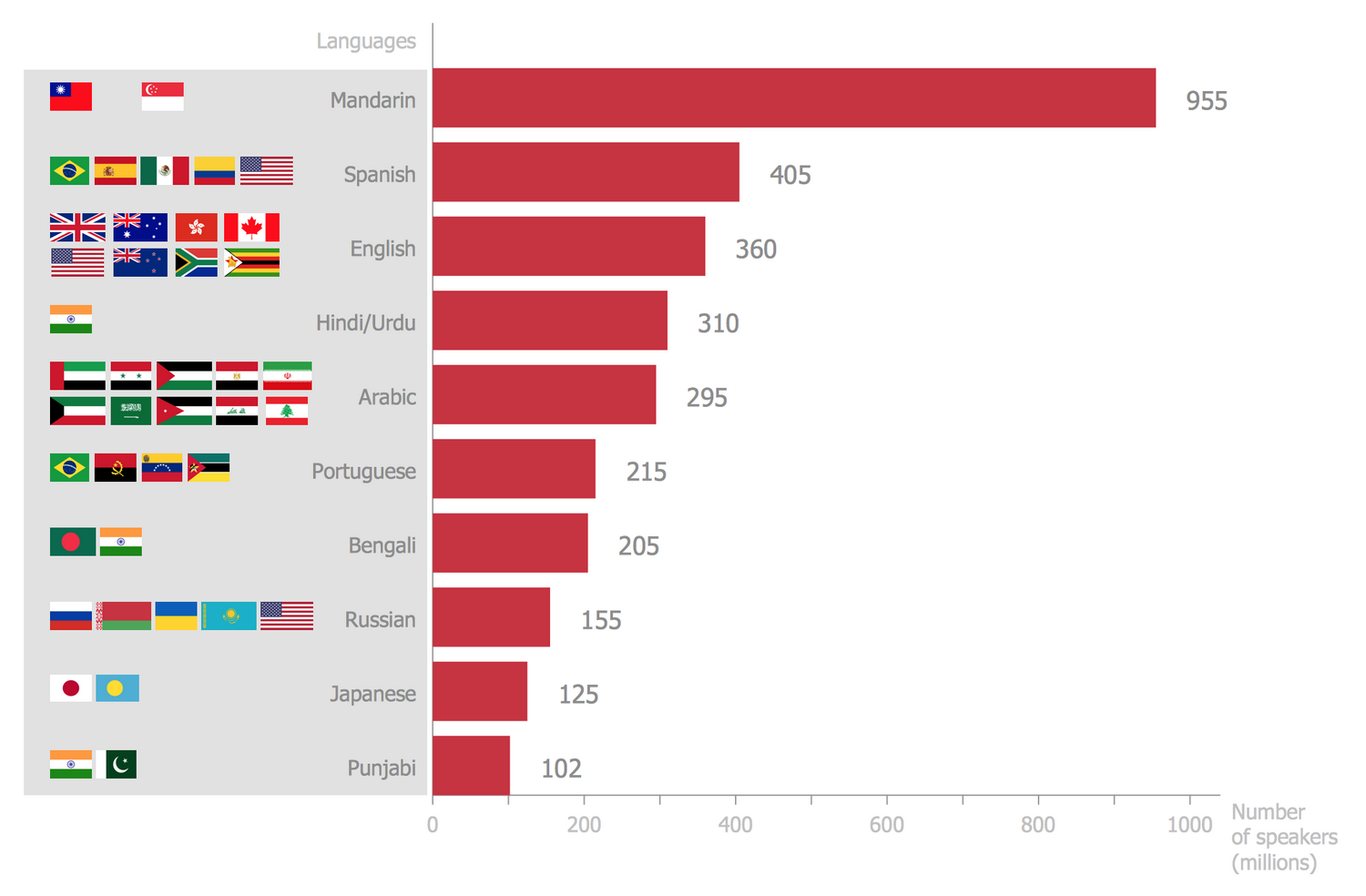

| make-series Requests = count() default = 0 on timestamp from ago(1d) to now() step 1h by RequestName = name The following query uses the make-series operator: requests You can provide default values for empty buckets. We recommend using the make-series operator to create time-series data. If the results row is omitted, depending on where the empty buckets are in the time range, the chart time window might shift. The summarize operator's major limitation is that it omits the results row if there are no items in the bucket. The examples in the previous section use the summarize operator because it's easier to understand. | summarize Request = count() by bin(timestamp, 1h), RequestName = name
#Xformat chart type series
The query control here uses timestamp for the x-axis and adds a series per value of RequestName. The following query returns a table with three columns: timestamp, Requests, and RequestName, where RequestName is a categorical column with the names of requests. | summarize Requests = count(), Users = dcount(user_Id) by bin(timestamp, 1h) The query control uses timestamp for the x-axis and Requests and Users as separate series on the y-axis. The following query returns a table with three columns: timestamp, Requests, and Users. | summarize Requests = count() by bin(timestamp, 1h) The query control uses timestamp for the x-axis and Requests for the y-axis. The following query returns a table with two columns: timestamp and Requests. You must have time and metric information in the result set to create a time-series chart. You can use the workbook's query control to create time-series charts such as area, bar, line, scatter, and time. Requests | make-series Requests = count() default = 0 on timestamp from ago(1d) to now() step 1h Sum or average of values or max, min, first, last valueĪny KQL query that returns data in the format expected by the chart visualization. The aggregation function to use for the legend. Ignored in multi-metric or segmented mode.

For Resource type, select, for example, Application Insights, and select the resources to target. Use the Add query link to add a log query control to the workbook.Switch the workbook to edit mode by selecting Edit on the toolbar.The following example shows the trend of requests to an app over the previous days. You can use workbooks to present log data as visual charts for user analysis. Logs provide information about the state of the resource and data that's useful for diagnostics. Log information isn't collected by default, and you have to configure data collection. Log chartsĪzure Monitor logs give you detailed information about your apps and infrastructure. Workbooks support charts for both logs and metric data sources. You can also customize axis types and series colors by using chart settings. You can present monitoring data as charts. Workbooks can take the data returned from queries in various formats to create different visualizations from that data, such as area, line, bar, or time visualizations.


 0 kommentar(er)
0 kommentar(er)
